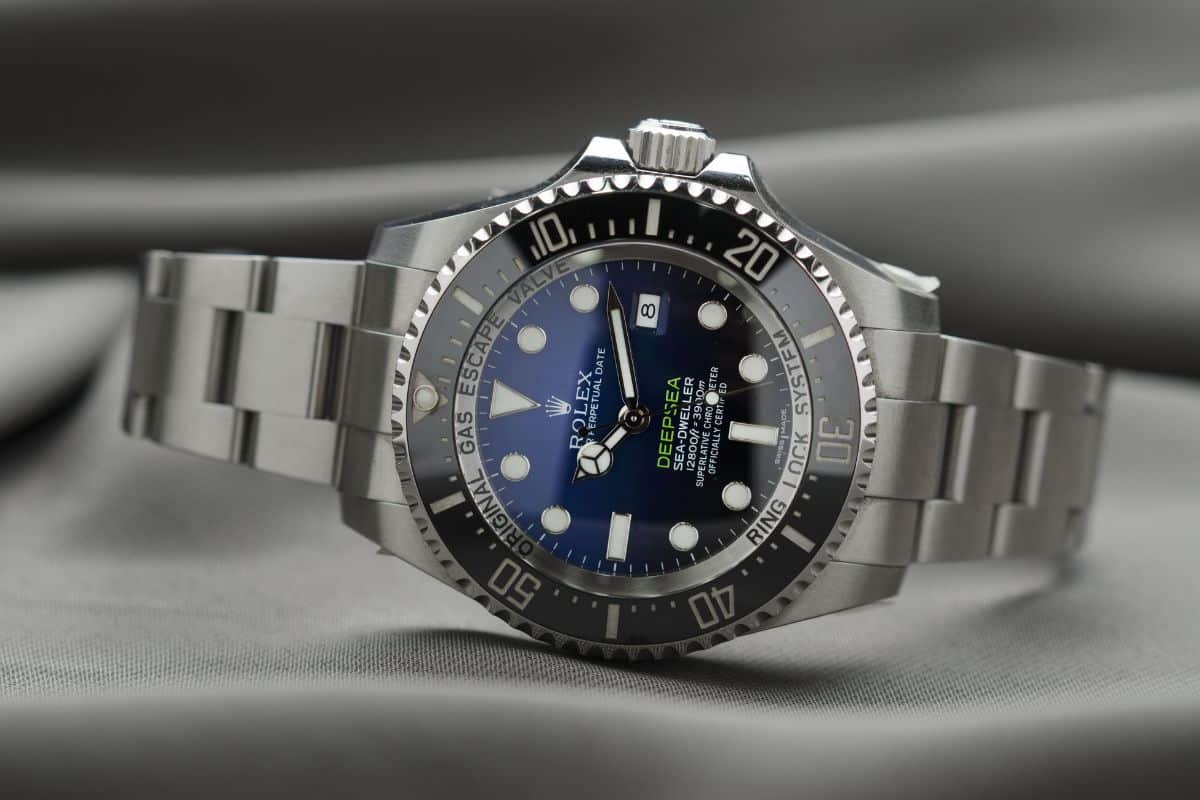Transformational Market Research in the Mid-20th Century: The Cases of Procter & Gamble and Nielsen
The mid-20th century marked an epochal shift in business operations, particularly in the field of marketing. Key companies like Procter & Gamble (P&G) and Nielsen pioneered scientific market research methods, fundamentally transforming how companies understand and interact with their customers.
This strategic evolution allowed companies to cater more precisely to customer preferences and shape their advertising campaigns to optimize reach and engagement.
The Genesis of Scientific Market Research
The mid-20th century was a time of transformative change for the business world. As societies transitioned from the devastating effects of World War II, the post-war economic resurgence brought about a dynamic consumer landscape. This, coupled with the technological revolution, gave birth to new needs, preferences, and consumption patterns far more complex than anything businesses had navigated before.
The old ways of marketing, which were predominantly based on gut feelings, rudimentary data, and untested assumptions, were becoming woefully inadequate in this new era of consumerism.
A Consumer-Centric Shift
In this changing world, a more rigorous, evidence-based understanding of consumers has become crucial. The need of the hour was a scientific marketing approach that placed the consumer at the center of every decision. This need heralded the genesis of scientific market research—a groundbreaking shift in how businesses approached marketing.
With this, companies realized that the key to successful marketing lay not just in the products they offered but also in understanding the intricacies of consumer behavior. They learned to probe beneath the surface, analyzing not just what consumers bought but why they bought it and how they chose one product over another.
This was a transformative time for companies as they learned to use structured research methods to gain these critical insights. Foremost among these pioneers were companies like Procter & Gamble, which recognized the immense potential of consumer-centric marketing early on.
These innovative companies redefined the role of market research, making it a fundamental part of strategic planning and creating a paradigm shift in the field of marketing. Their groundbreaking efforts paved the way for the sophisticated, data-driven marketing practices that dominate the business world today.
Emergence of Procter & Gamble
Procter & Gamble, a multinational corporation dealing with consumer goods, stands tall as one of the trailblazers in the adoption of a consumer-centric approach to marketing. This was not just a minor modification to their existing strategy; rather, it was a radical transformation that redefined the company’s entire business model.
At a time when most businesses were product-focused, P&G shifted its perspective to view marketing through the lens of the consumer. The company realized that the most successful products weren’t merely those that boasted superior quality or groundbreaking innovation. Instead, success hinged on how well a product resonated with the consumers’ needs, desires, and experiences. This realization changed their business philosophy, causing a shift from product-oriented to consumer-oriented strategies.
Employing Consumer Surveys
P&G began to employ extensive consumer surveys to gain insights into the consumer psyche. They asked specific, targeted questions designed to uncover deep insights into buying behaviors, product usage, and brand perceptions. These surveys went beyond simple questions about product likes or dislikes. They delved into the motivations behind consumer choices, lifestyle, needs, and pain points.
These insights not only informed product development, ensuring that every new product was designed with the consumer’s needs at its core, but they also played a crucial role in shaping the product’s packaging and advertising strategies. For instance, if a survey revealed that consumers found a particular packaging design difficult to use, P&G would redesign the packaging to improve user experience.
Similarly, the data gleaned from these surveys helped P&G to formulate more effective advertising campaigns. By understanding the target audience’s attitudes and preferences, P&G created messages that resonated on a deeper, more emotional level, thereby improving brand loyalty and customer engagement.
The Power of Data: Nielsen’s Revolution
The ascent of data-driven decision-making in marketing is largely attributed to the pioneering work of visionary companies, most notably Nielsen.
Recognizing the untapped potential of data in a world largely dependent on speculation and instinct, Arthur Nielsen propelled a revolution in market research. His company, established in 1923, introduced innovative techniques for retail measurement that forever changed the course of marketing strategies and consumer understanding.
The Nielsen Audimeter
Nielsen’s most significant innovation was the Audimeter, a device installed on a radio or television set to record the channel and program being viewed. Introduced in 1936 for radio and later adapted for television, this was the first practical, automated method of gathering data about programming preferences.
The data gleaned from this device provided broadcasters and advertisers unprecedented insights into viewing habits, helping them tailor content and advertising to audience preferences.
Impact of Market Research on Modern Marketing
The marketing landscape was forever altered by the rise of market research in the mid-20th century. The customer-centric marketing strategies employed by companies like P&G and Nielsen’s data-driven methodologies shifted the marketing paradigm, forcing businesses to become more consumer-aware and data-focused.
Shaping Product Development and Advertising
Market research significantly influenced product development and advertising. Businesses began to appreciate that product development had to be guided by consumer wants and needs, and advertising had to be more strategic, targeting the right demographics at the right time and in the right manner.
Advertising was no longer just about visibility; it became a conduit for meaningful engagement and a tool to build brand loyalty.
The Dawn of Data-Driven Marketing
Market research ignited the era of data-driven marketing. The introduction of the Audimeter represented the dawn of big data, demonstrating the power of information in shaping business strategies. Today, data-driven decision-making underpins all aspects of marketing, from customer segmentation and targeting to tracking customer journeys and measuring campaign effectiveness.
Key Takeaways
The rise of market research in the mid-20th century was a seminal moment in the history of marketing. Pioneering companies like Procter & Gamble and Nielsen leveraged consumer surveys and data analysis to create a paradigm shift from intuition-based to insight-driven marketing, setting the stage for the sophisticated, data-centric marketing practices we witness today.
From this historical perspective, it is evident that market research has been more than a business tool; it has been a catalyst for change, driving marketing evolution and shaping the business world as we know it today.
Related Articles
The Taco Bell Liberty Bell Prank: Viral Marketing Success
Business,Marketing,Digital Marketing,Content Marketing,Advertising,Business Management,Branding,SEO
October 26, 2023
Marketing has always played a crucial role in the success of a business, and with the increasing influence of the internet and social media, viral…
0 Comments8 Minutes
The Secret of Rolex’s Winning Marketing Strategy
Marketing,Social Media,Email Marketing,Digital Marketing,Content Marketing
October 6, 2023
For over a century, Rolex has been renowned for its luxury watches. And its sophisticated marketing strategies have allowed the brand to remain…
0 Comments11 Minutes
The Old Spice Marketing Revamp: A Masterclass in Rebranding
Marketing,Digital Marketing,Content Marketing,Business,Business Management,Branding,SEO
September 26, 2023
Old Spice is a brand that has been synonymous with men's grooming products for decades. However, by the early 2000s, the brand was struggling to…
0 Comments8 Minutes
The Evolution of Product Placement: A Marketing Phenomenon
Marketing,Branding,Advertising,Business,Digital Marketing,Content Marketing,Email Marketing
September 13, 2023
Product placement, the marketing technique of strategically incorporating branded products into various forms of media, has long been an influential…
0 Comments9 Minutes
In-House Marketing Vs. Agencies Vs. Freelancers
Marketing,Digital Marketing,Business Management,Content Marketing
August 6, 2023
Are you trying to decide between in-house marketing, agencies, and freelancers for your business? It's a difficult decision, as each option has…
0 Comments11 Minutes
7 Tips for Hiring the Right Digital Marketing Consultant
Marketing,Social Media,Advertising,Business,Digital Marketing,Content Marketing,Email Marketing
July 6, 2023
If you're ready to elevate your business, enlisting the help of a digital marketing consultant is an ideal way to maximize your online presence and…
0 Comments13 Minutes
Burger King’s Whopper Sacrifice: Viral Marketing and Brand Success
Marketing,Branding,Content Marketing,Digital Marketing,Social Media,Business
February 17, 2023
In the world of marketing, standing out from the competition is essential for success. One way to achieve this is through viral marketing stunts,…
0 Comments8 Minutes
Manufacturer Marketing Strategies to Consider
June 21, 2019
There’s a common belief amongst manufacturers that they have no need for an online presence. Their customers are all businesses that need someone…
0 Comments8 Minutes
10 Content Marketing Blogs You Should Check Out
Marketing,Content Marketing,Digital Marketing
June 8, 2019
Nowadays (mostly) everyone is on the internet. Obsessed with their mobile phones, laptops or tablets, users scroll through their social media apps…
0 Comments7 Minutes









